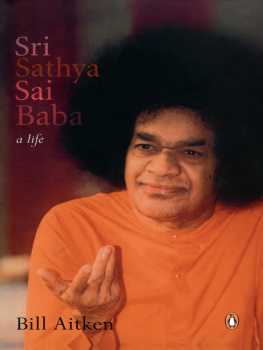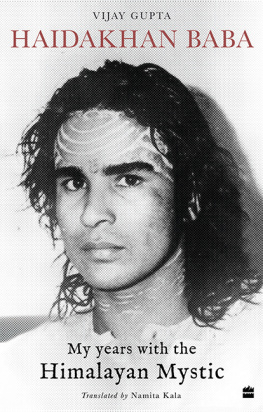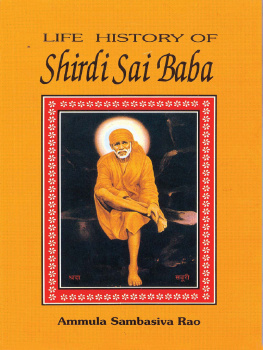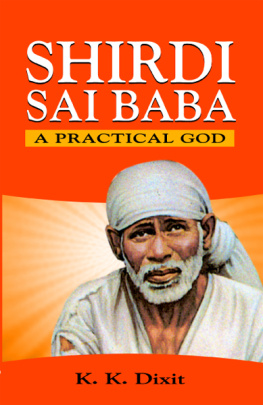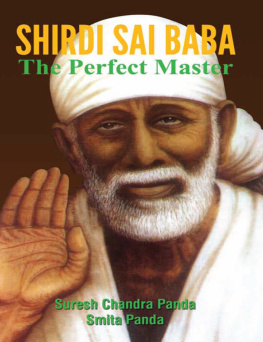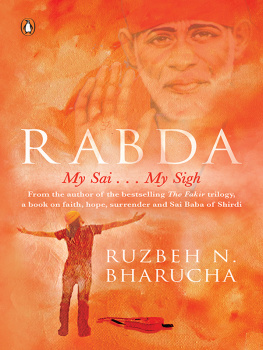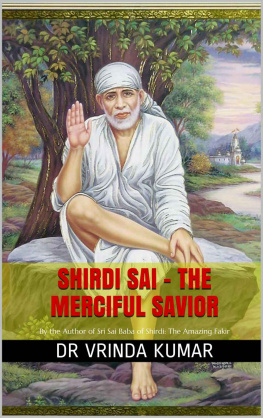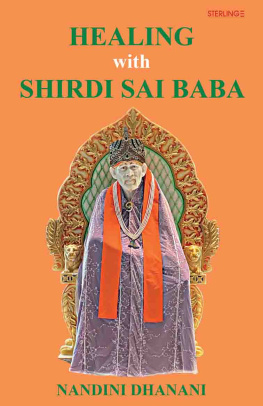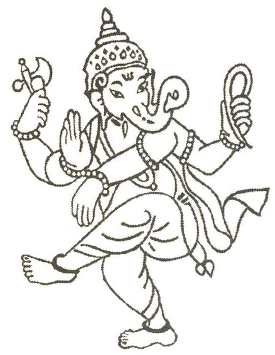Bill Aitken - Sri Sathya Sai Baba: A Life
Here you can read online Bill Aitken - Sri Sathya Sai Baba: A Life full text of the book (entire story) in english for free. Download pdf and epub, get meaning, cover and reviews about this ebook. year: 2006, publisher: Penguin Books Ltd, genre: Religion. Description of the work, (preface) as well as reviews are available. Best literature library LitArk.com created for fans of good reading and offers a wide selection of genres:
Romance novel
Science fiction
Adventure
Detective
Science
History
Home and family
Prose
Art
Politics
Computer
Non-fiction
Religion
Business
Children
Humor
Choose a favorite category and find really read worthwhile books. Enjoy immersion in the world of imagination, feel the emotions of the characters or learn something new for yourself, make an fascinating discovery.
- Book:Sri Sathya Sai Baba: A Life
- Author:
- Publisher:Penguin Books Ltd
- Genre:
- Year:2006
- Rating:3 / 5
- Favourites:Add to favourites
- Your mark:
Sri Sathya Sai Baba: A Life: summary, description and annotation
We offer to read an annotation, description, summary or preface (depends on what the author of the book "Sri Sathya Sai Baba: A Life" wrote himself). If you haven't found the necessary information about the book — write in the comments, we will try to find it.
Born to a poor family in the village of Puttaparthi in southern Andhra Pradesh, Sathyanarayan Raju was a bright, talented and confident boy whose charitable nature and religiosity belied his tender age. Deeply suspicious of his spiritual precociousness, his father made him go through a traumatic exorcism. But the boy already had a devoted band of followers and, when he was thirteen, announced that he was the Shirdi Sai Baba reborn. Today, Sri Sathya Sai Baba has an estimated thirty million followers worldwide. Acclaimed travel writer and self-described spiritual nomad Bill Aitken tells us why so manyroyalty, wealthy industrialists, influential politicians, as well as the poorflock to Puttaparthi. Sai Babas message, he reveals, can be summed up in one word: love. It is as simple as it is profound, not unlike how his devotees see the Sai himselfthe embodiment of deep spirituality wedded to simplicity, elegance and grace. Yet, the Sai phenomenon is less about producing vibhuti from thin air and more about modern-day miracles. Miracles like free schools and universities, super-speciality hospitals which provide free treatment to all and revolutionary projects like the one which has brought drinking water to a million villagers in drought-prone Rayalseema. Aitkens study is neither a hagiographic exercise in myth-making nor a dry, objective account of the Sais life. While never shy of expressing his deep love and reverence for Sai Baba, he squarely confronts the controversies and criticisms which inevitably dog those who claim acquaintance with the holy.
Bill Aitken: author's other books
Who wrote Sri Sathya Sai Baba: A Life? Find out the surname, the name of the author of the book and a list of all author's works by series.

